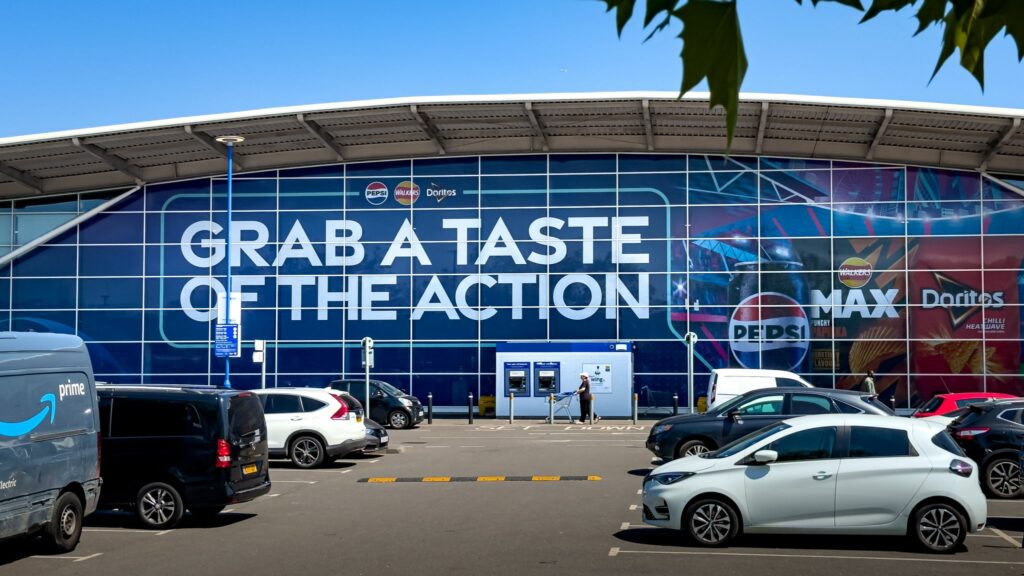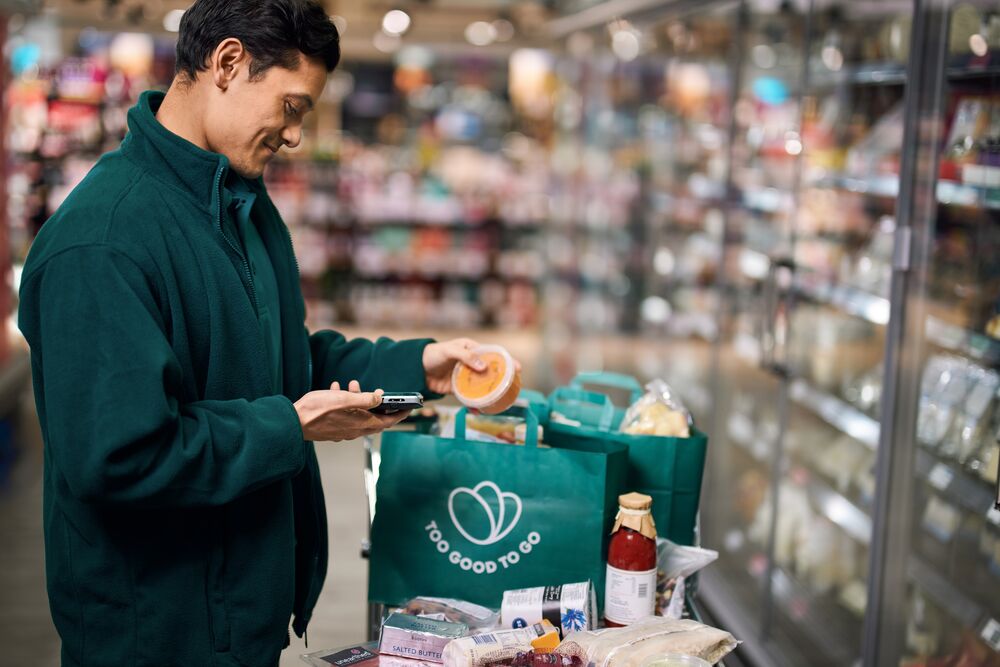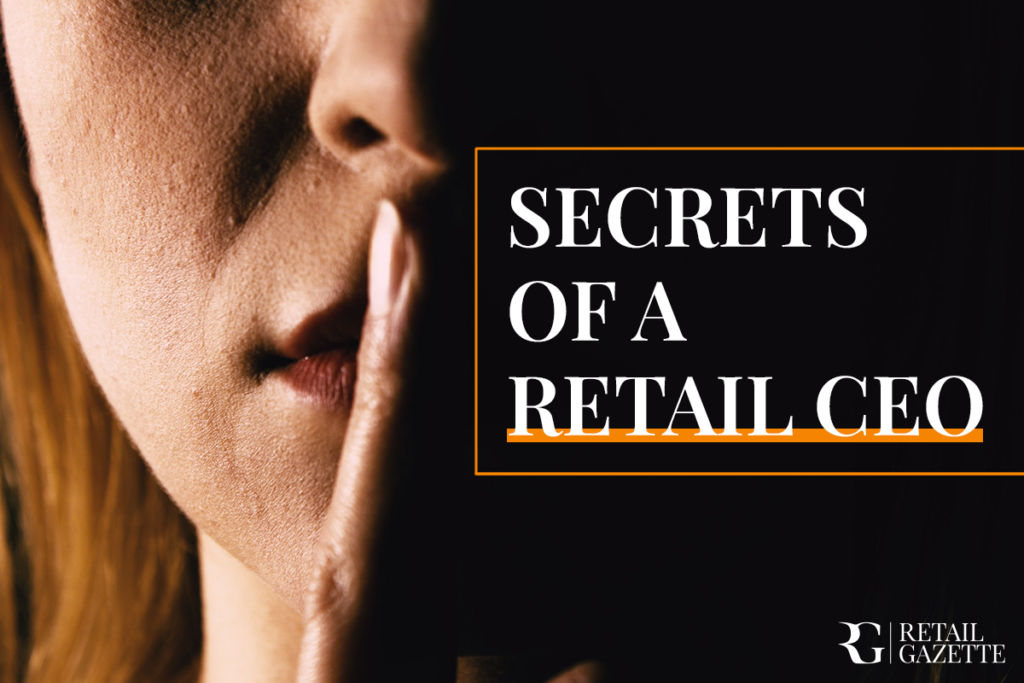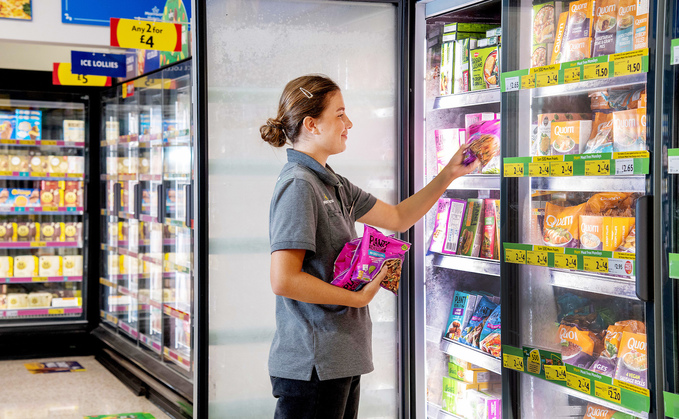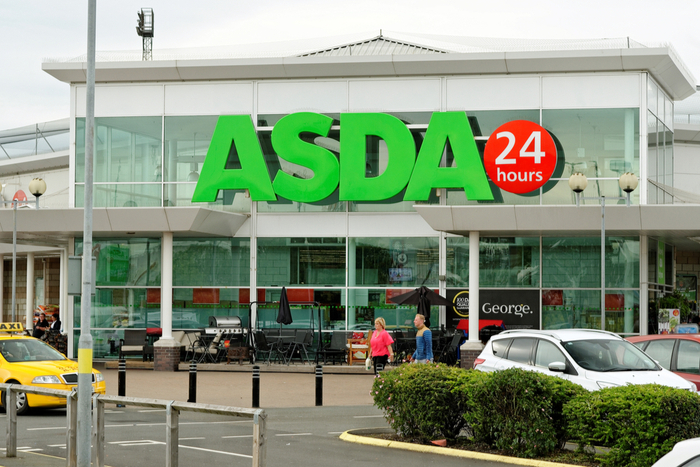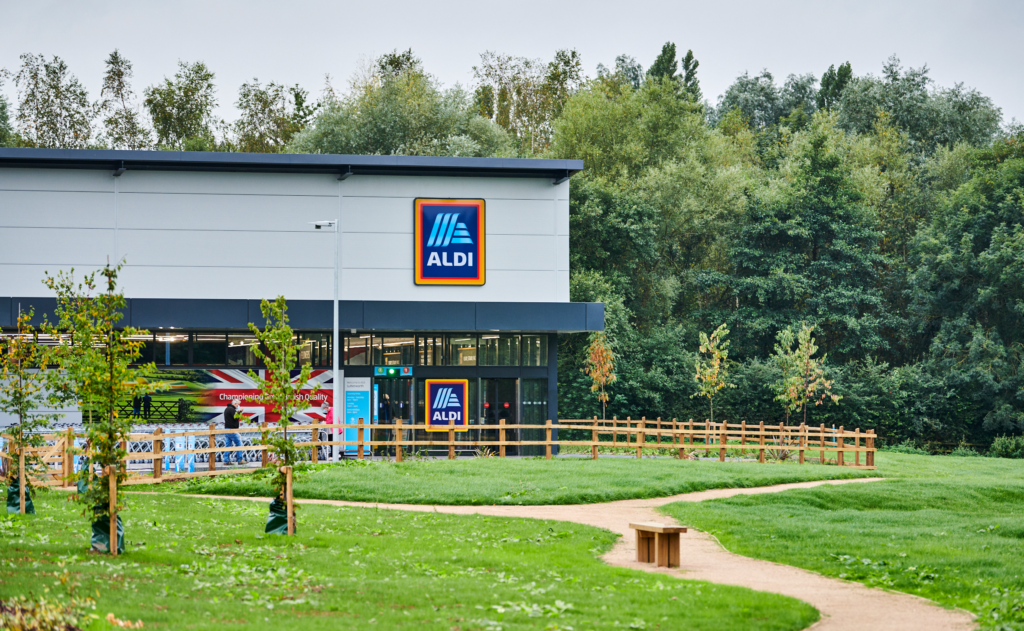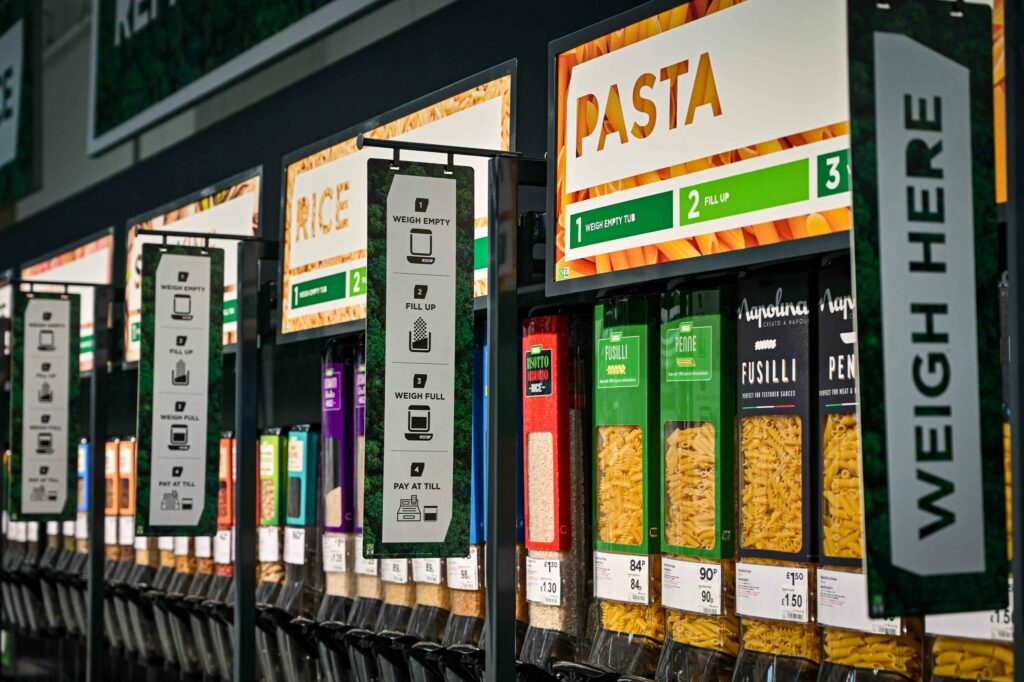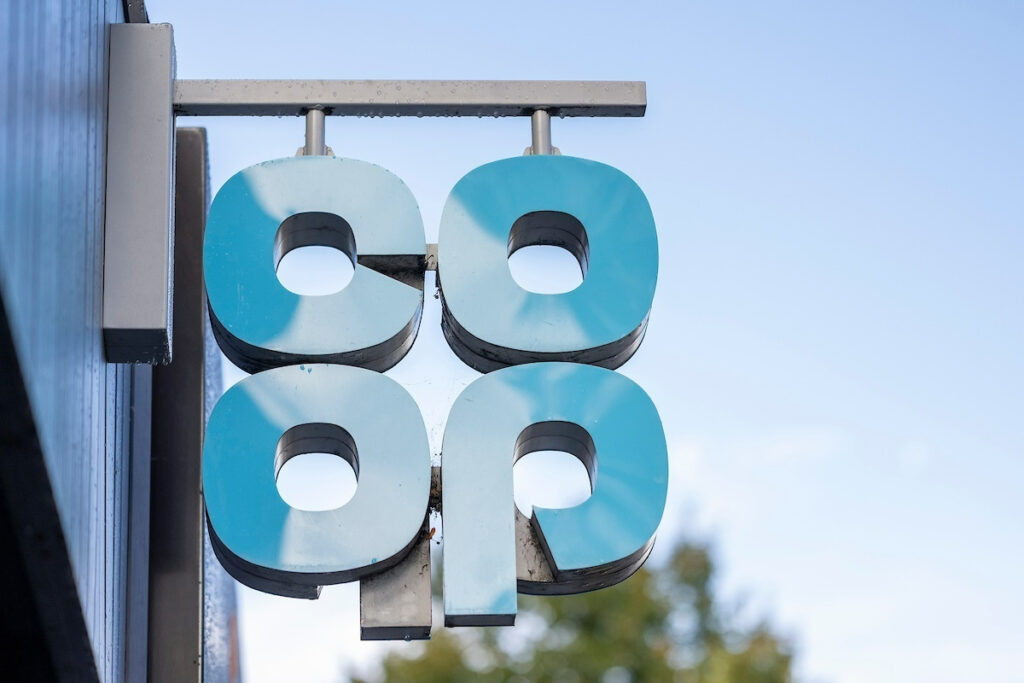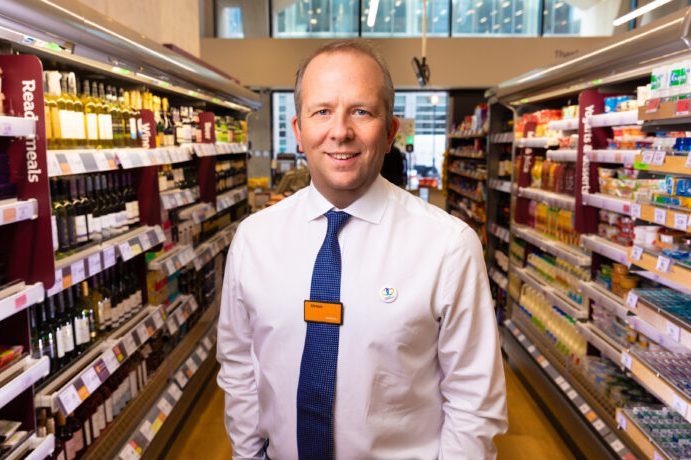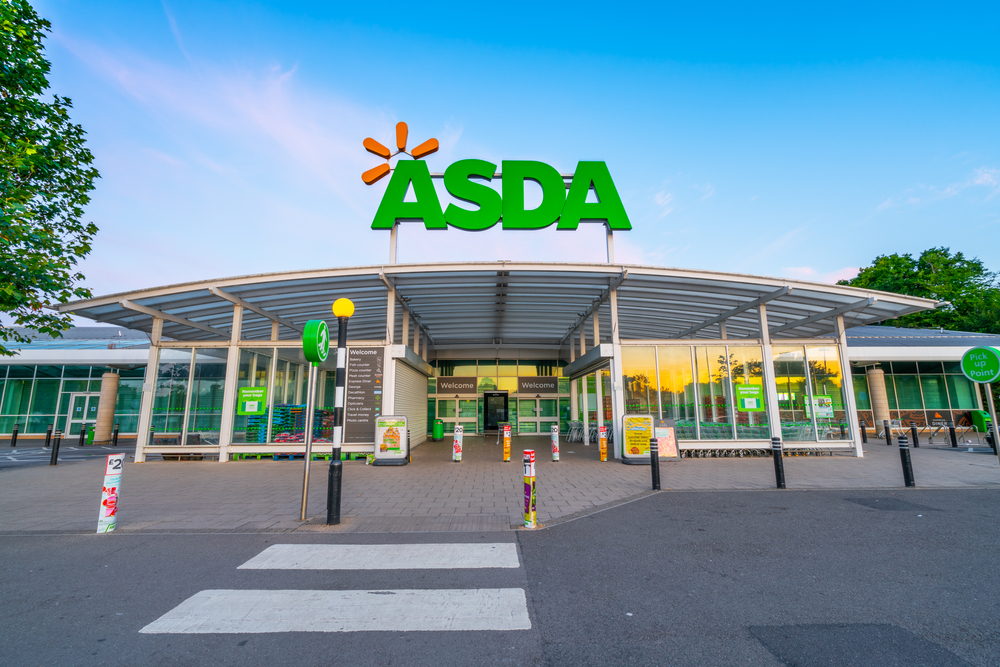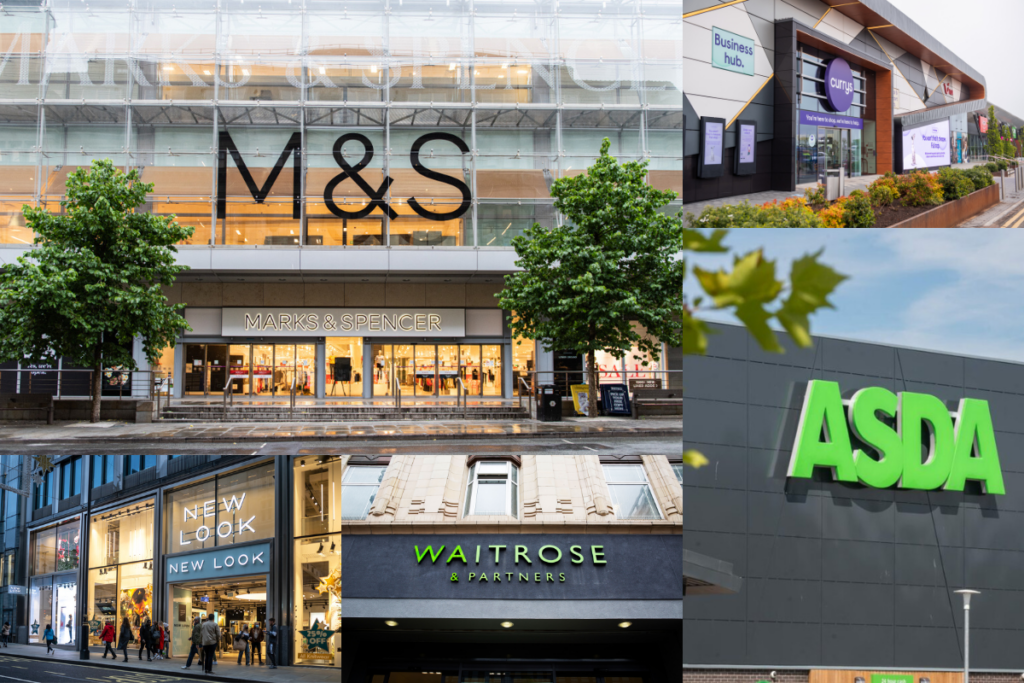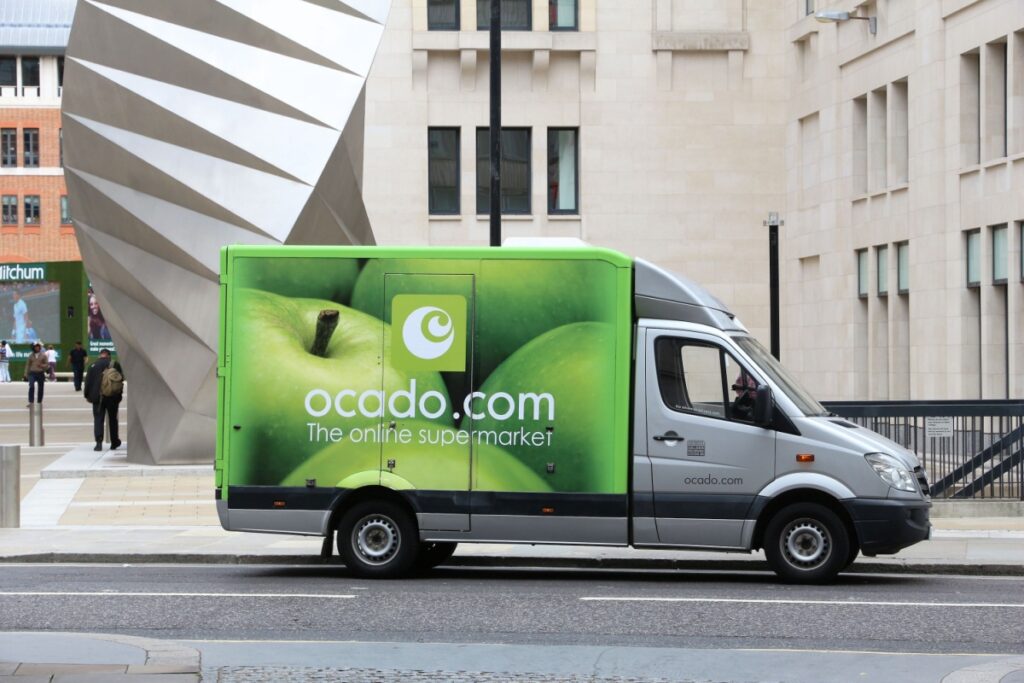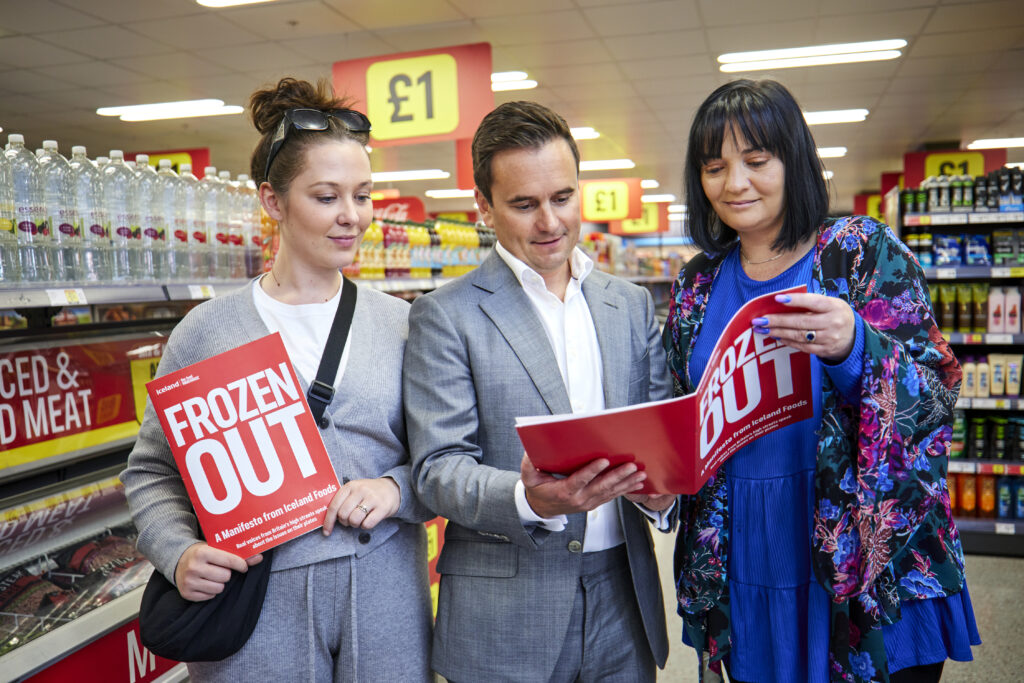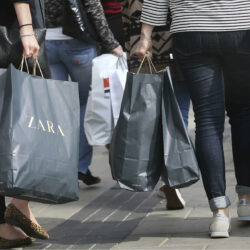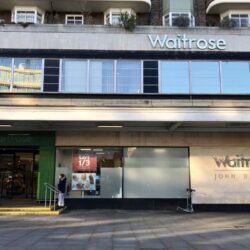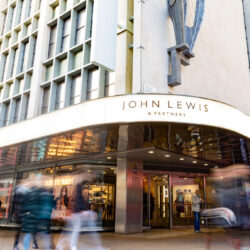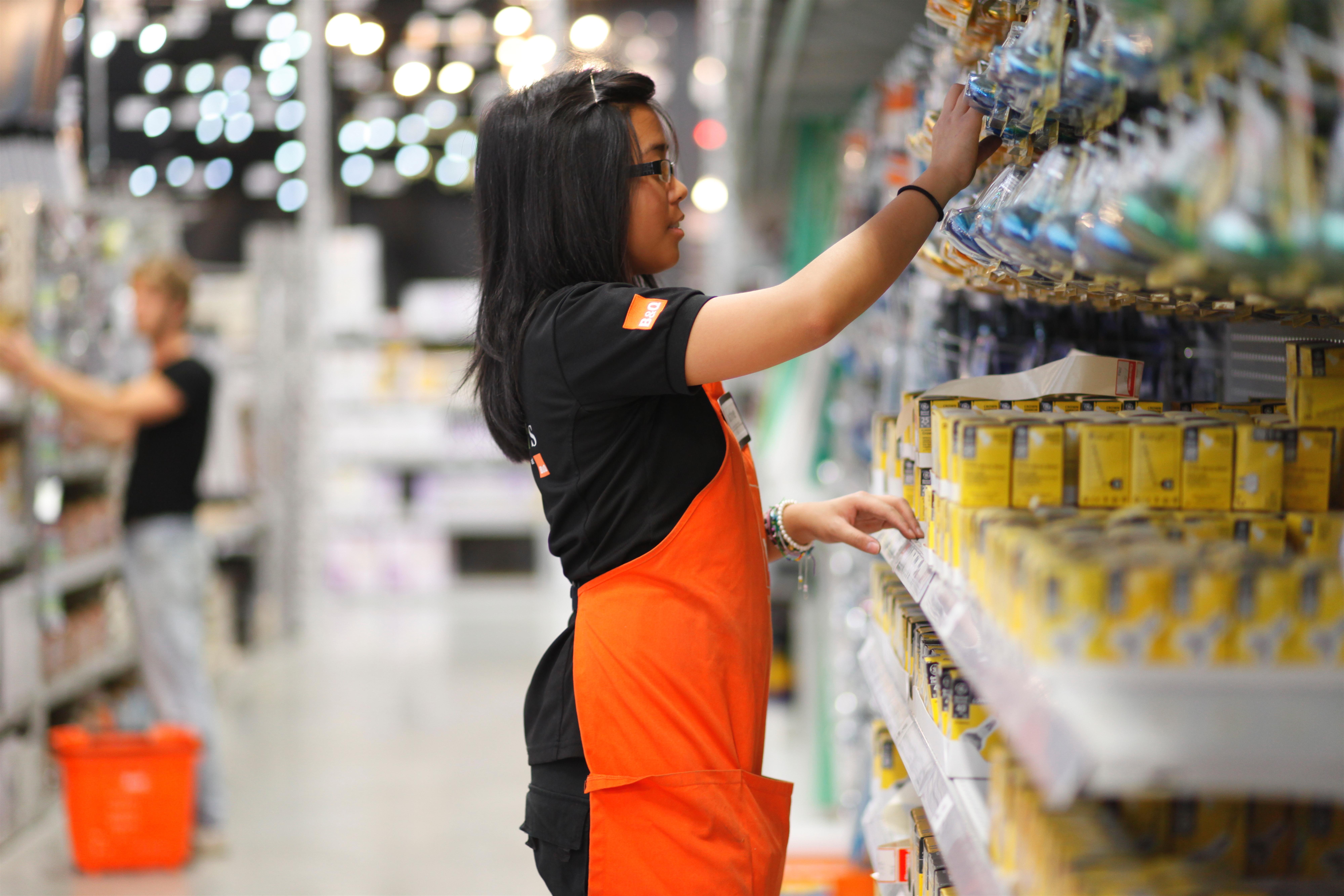Lidl has achieved a new UK record market share hitting 8.1%, according to new data from Kantar, as Asda’s share plunged 0.8 percentage points on last year.
Kantar’s data for the 12-week period to 12 May, showed that Lidl sales rose 9.4% year-on-year fuelled by both its in-store bakery options, with freshly baked bread, cakes or pastries making it into a quarter of baskets, and its loyalty scheme, Lidl Plus, which helped boost volume sales.
Meanwhile, Asda sales dropped 2% over the 12 weeks, as its share fell from 13.9 last year to 13.1%.
By contrast, Ocado was the fastest-growing grocer over the 12-weeks, with sales rising 12.4%. The online grocer accounts for 1.8% of the overall grocery market, or 3% in London.
Subscribe to Retail Gazette for free
Sign up here to get the latest news straight into your inbox each morning
The UK’s largest supermarket Tesco notched up 0.5 percentage points in market share since last year, hitting 27.6% as sales jumped 5.6% year-on-year, as did Sainsbury’s sales.
| 12 weeks to 14 May 2023 | Share | 12 weeks to 12 May 2024 | Share | Change YoY | |
| £m | % | £m | % | % | |
| Total Grocers | 32,917 | 100.0% | 34,107 | 100.0% | 3.6% |
| Total Multiples | 32,403 | 98.4% | 33,607 | 98.5% | 3.7% |
| Tesco | 8,927 | 27.1% | 9,426 | 27.6% | 5.6% |
| Sainsbury’s | 4,881 | 14.8% | 5,153 | 15.1% | 5.6% |
| Asda | 4,561 | 13.9% | 4,472 | 13.1% | -2.0% |
| Aldi | 3,337 | 10.1% | 3,410 | 10.0% | 2.2% |
| Morrisons | 2,851 | 8.7% | 2,939 | 8.6% | 3.1% |
| Lidl | 2,529 | 7.7% | 2,766 | 8.1% | 9.4% |
| Co-op | 1,866 | 5.7% | 1,855 | 5.4% | -0.6% |
| Waitrose | 1,524 | 4.6% | 1,567 | 4.6% | 2.8% |
| Iceland | 748 | 2.3% | 780 | 2.3% | 4.2% |
| Ocado | 546 | 1.7% | 613 | 1.8% | 12.4% |
| Other Multiples | 632 | 1.9% | 627 | 1.8% | -0.9% |
| Symbols & Independents | 514 | 1.6% | 500 | 1.5% | -2.8% |
Meanwhile, grocery price inflation fell for the fifteenth month in a row in the UK to 2.4%, its lowest level since October 2021.
Kantar head of retail and consumer insight Fraser McKevitt said: “Grocery price inflation is gradually returning to what we would consider more normal levels. It’s now sitting only 0.8 percentage points higher than the 10-year average of 1.6% between 2012 and 2021, which is just before prices began to climb.”
“Typically, an inflation rate of around 3% is when we start to see marked changes in consumers’ behaviour, with shoppers trading down to cheaper items when the rate goes above this line and vice versa when the rate drops.
“However, after nearly two and a half years of rapidly rising prices, it could take a bit longer for shoppers to unwind the habits they have learnt to help them manage the cost-of-living crisis.”
Click here to sign up to Retail Gazette‘s free daily email newsletter



